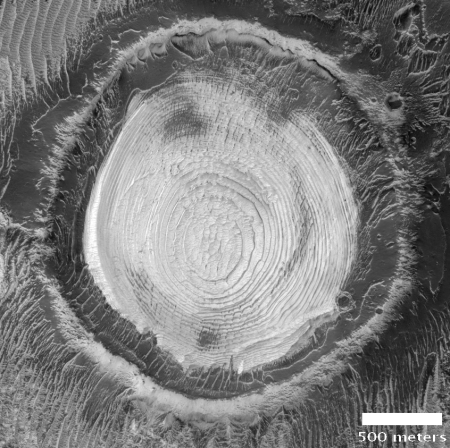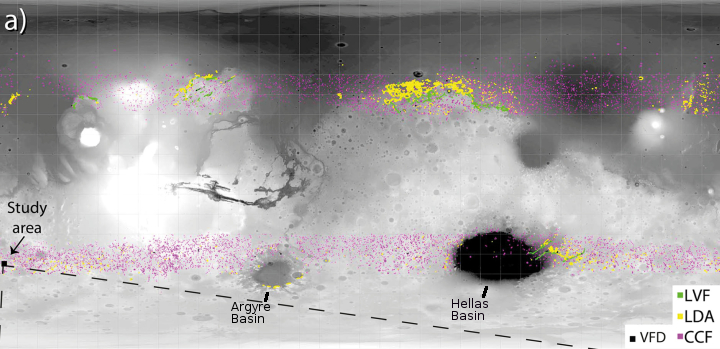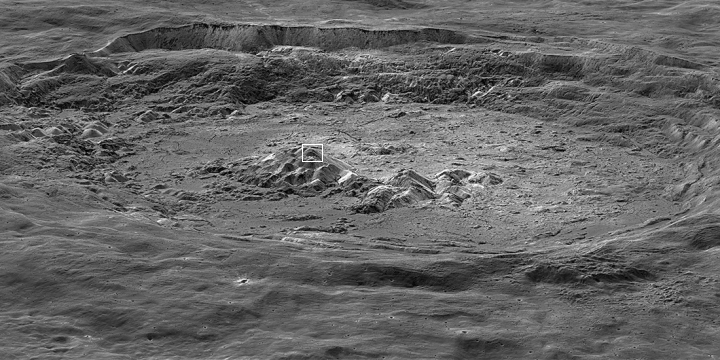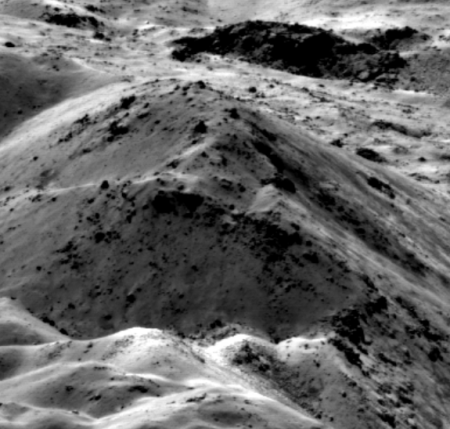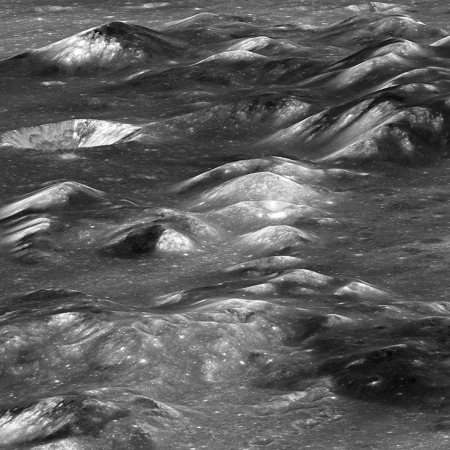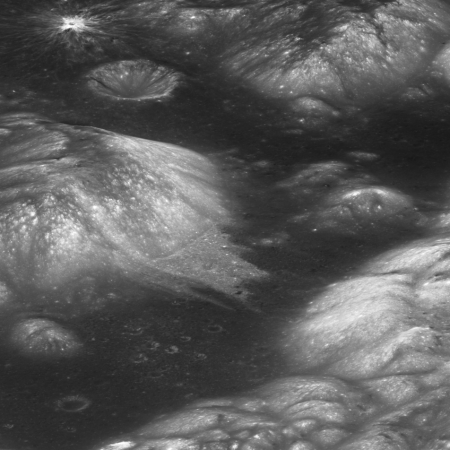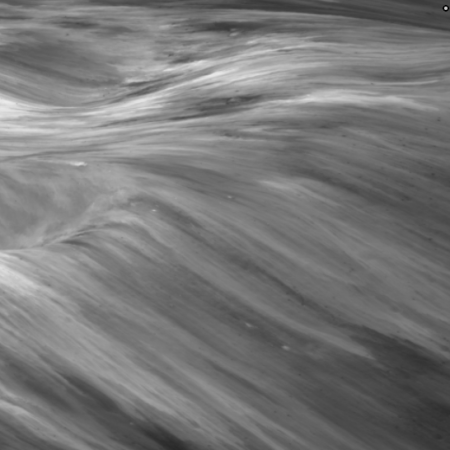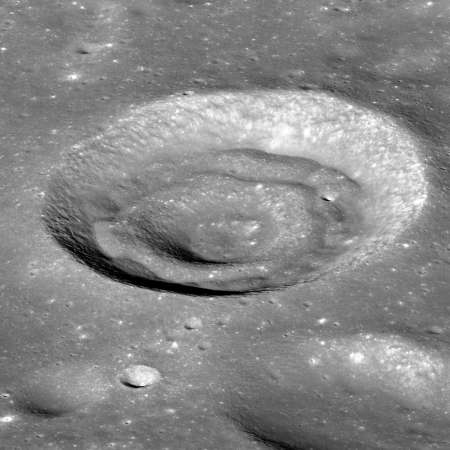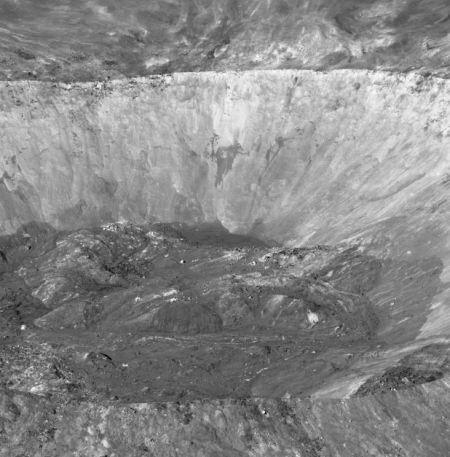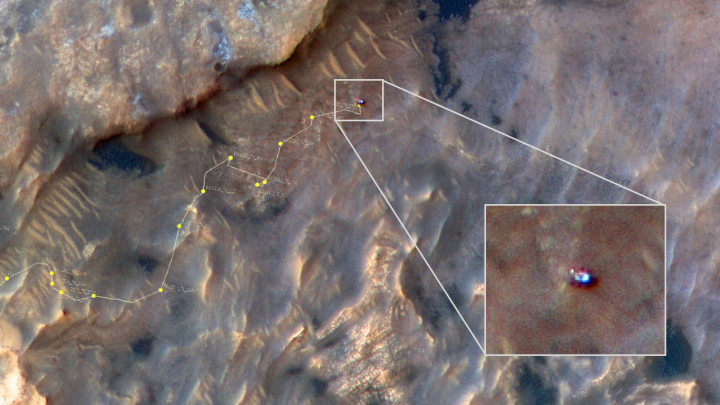Parker data downloaded from first two orbits
The science team for the Parker Solar Probe has completed the download of all data gathered during the spacecraft’s first two solar orbits.
On May 6, 2019, just over a month after Parker Solar Probe completed its second solar encounter, the final transmission of 22 gigabytes of planned science data — collected during the first two encounters — was downlinked by the mission team at the Johns Hopkins Applied Physics Laboratory, or APL, in Laurel, Maryland.
This 22 GB is 50% more data than the team had estimated would be downlinked by this point in the mission — all because the spacecraft’s telecommunications system is performing better than pre-launch estimates. After characterizing the spacecraft’s operations during the commissioning phase, which began soon after launch, the Parker mission team determined that the telecom system could effectively deliver more downlink opportunities, helping the team maximize the download of science data.
The team has capitalized on the higher downlink rate, instructing Parker Solar Probe to record and send back extra science data gathered during its second solar encounter. This additional 25 GB of science data will be downlinked to Earth between July 24 and Aug. 15.
Don’t expect any immediate press conferences announcing results. It will take them time to analyze this batch, and they will probably want to do a few more orbits before coming to any conclusions.
The science team for the Parker Solar Probe has completed the download of all data gathered during the spacecraft’s first two solar orbits.
On May 6, 2019, just over a month after Parker Solar Probe completed its second solar encounter, the final transmission of 22 gigabytes of planned science data — collected during the first two encounters — was downlinked by the mission team at the Johns Hopkins Applied Physics Laboratory, or APL, in Laurel, Maryland.
This 22 GB is 50% more data than the team had estimated would be downlinked by this point in the mission — all because the spacecraft’s telecommunications system is performing better than pre-launch estimates. After characterizing the spacecraft’s operations during the commissioning phase, which began soon after launch, the Parker mission team determined that the telecom system could effectively deliver more downlink opportunities, helping the team maximize the download of science data.
The team has capitalized on the higher downlink rate, instructing Parker Solar Probe to record and send back extra science data gathered during its second solar encounter. This additional 25 GB of science data will be downlinked to Earth between July 24 and Aug. 15.
Don’t expect any immediate press conferences announcing results. It will take them time to analyze this batch, and they will probably want to do a few more orbits before coming to any conclusions.

